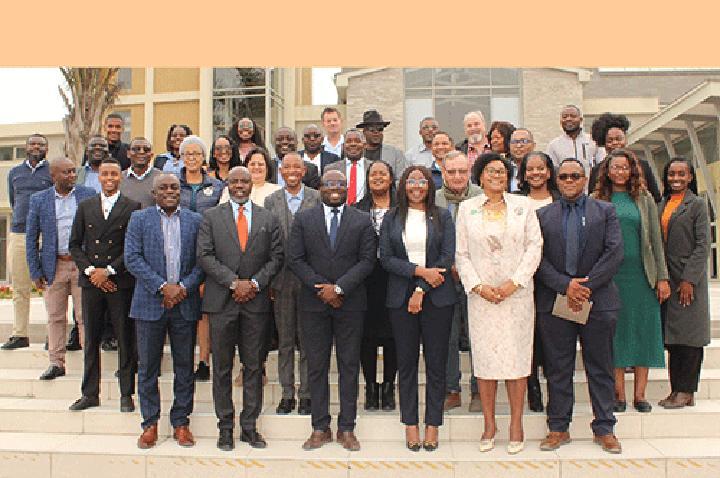Africa-Press – Namibia. The government has committed N$145 million over three years through the Universal Service Fund to improve ICT infrastructure in the country.
The infrastructure is aimed at enabling Namibians in remote areas to access reliable telecommunication services.
Information and Communication Technology Minister Emma Theofelus revealed this during a stakeholder engagement in Swakopmund last Thursday.
She said the government is investing in ICT infrastructure to bridge the digital divide and ensure all citizens — especially those in rural areas — have access to reliable communication services.
This investment forms part of efforts to improve service delivery, create economic opportunities, and enhance national security. It also supports the implementation of the Access to Information Act by enabling more Namibians to access critical information.
Theofelus explained that the Universal Service Fund, recently revived by the government, is aimed at supporting connectivity in underserved areas, particularly where it is not commercially viable for network providers to invest.
“Network connectivity is a key enabler and catalyst for business, education, and economic advancement. However, Namibia’s vast topography makes the rollout of these services particularly challenging,” she said.
“Our landscape varies from deserts to mountains, and even laying a tower base can become expensive. That’s why this investment is so important. Whether we want tablets for children in schools, or phones for every citizen — it all starts with telecommunication connectivity,” she said.
Theofelus also expressed concern over administrative delays in approving and allocating land for communication infrastructure. She said these bottlenecks are slowing down progress.
“We had planned to erect 10 towers in the Erongo region this financial year. Unfortunately, we will only completed five because councils have not finalised land allocations. This delay affects the services people are supposed to receive and reflects poorly on our targets. Access to information must be more than just a law — it must be practical. Without connectivity, rural communities remain excluded,” she stressed.
Theofelus warned that vandalism and theft of infrastructure — especially solar panels, batteries, and copper cables — remain serious threats to network expansion.
“We bring the equipment, and two months later it’s stolen. We then have to redirect funds meant for another area to replace what was lost. It’s a never-ending cycle,” she said.
Namibia is currently connected to two undersea cables — the West Africa Cable System (WACS) and the Equiano cable, which landed in Swakopmund in 2022. These systems form the backbone of the country’s digital connectivity, significantly boosting speed and reliability.
“These cables are critical. If they are damaged, everything slows down — from internet to broadcasting and emergency services,” she explained, noting that recent network disruptions were due to marine-related maintenance.
The minister also confirmed that a national infrastructure sharing policy is now in place to prevent duplication of resources.
“If MTC, for example, builds a tower in Erongo, Telecom must go elsewhere. We can’t afford overlapping while other areas remain unconnected,” she said.
Theofelus also said the ministry had finalised regulations for the Access to Information Act and is in the advanced stages of appointing the country’s first information commissioner.
For More News And Analysis About Namibia Follow Africa-Press






